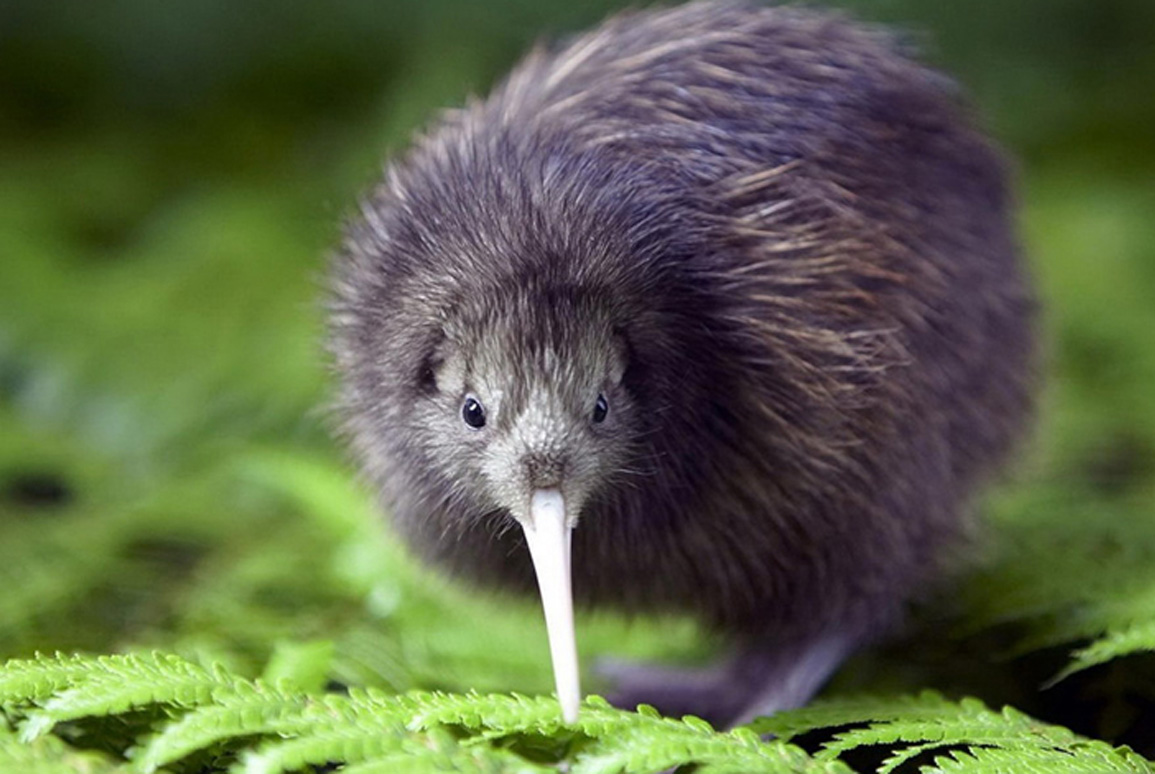A new way of surveying kiwi at Pukaha
21 August 2020
Technology for surveying kiwi.
Following the loss of six monitored kiwi in the Pūkaha forest during the Level 4 lockdown and the inability to conduct a traditional ‘Kiwi Call count’ due to Covid restrictions, Pūkaha Mount Bruce turned to technology supplied by Boffa Miskell to obtain an estimate of the wild population of kiwi in the 942ha reserve.

A total of 15 acoustic recorders programmed to detect kiwi calls were deployed across the reserve to record the elusive nocturnal bird. This high-tech means of detecting wildlife has been used previously by Boffa Miskell and our project partners at Pūkaha for broader biodiversity surveys, including the recent discovery of long tailed bats, but never specifically for kiwi calls at Pūkaha.
This year’s survey identified 12 kiwi in the reserve, including several pairs; while the last survey, four years ago, identified 18 kiwi in Pūkaha forest.
Like other Department of Conservation reserves, Pūkaha was required to cease trapping during Alert Level 4 earlier this year. In late May, it was discovered that five kiwi had been killed by predators. Those five were radio-monitored, so they were birds that had hatched in the hatchery and raised.
Some of the population of kiwi at Pūkaha are wild, and thus do not have tracking devices attached.
“When we discovered the loss of birds with radio tracking devices we knew that there was a possibility that the overall toll could be higher,” said Pukaha general manager Emily Court. “We had to find a way to try and conduct a census despite the cold wet weather and restrictions imposed due to Covid-19.”
With the help of the local DOC team Pūkaha set about getting the Boffa Miskell-supplied recorders in place at strategic locations across the landscape.
Using acoustic recorders meant that the team could cover territory that is normally too dangerous for physical surveys, as Pūkaha has some very steep and dangerous ridges and gullies.
Once the recorders were retrieved, around 1200 hours of recordings were analysed. During the survey period, 52 North Island brown kiwi calls were recorded. This included 39 calls from males, 13 from females, and 10 duets (male-female pairs calling to each other). These calls could be made by the same or different individuals, so determining the exact number of kiwi present is not possible. Kiwi under two years old do not generally call, so wild-born chicks from the last few seasons would not be detected.
With the calls that were recorded during the survey the Boffa Miskell team was able to pinpoint the location of at least 12 different kiwi, including several pairs.
Confirmation that there are wild kiwi in the forest, especially pairs that are likely to have been breeding, was a huge relief to all involved. The census carried out in 2018 identified 18 adult birds, so it’s likely that the wild population has been doing well; and despite this year’s loss, the population has not dropped significantly.
Find out more
Generation E: How technological innovations are changing the face of ecology
Pūkaha National Wildlife Centre
For further information please contact Dr. Helen Blackie

